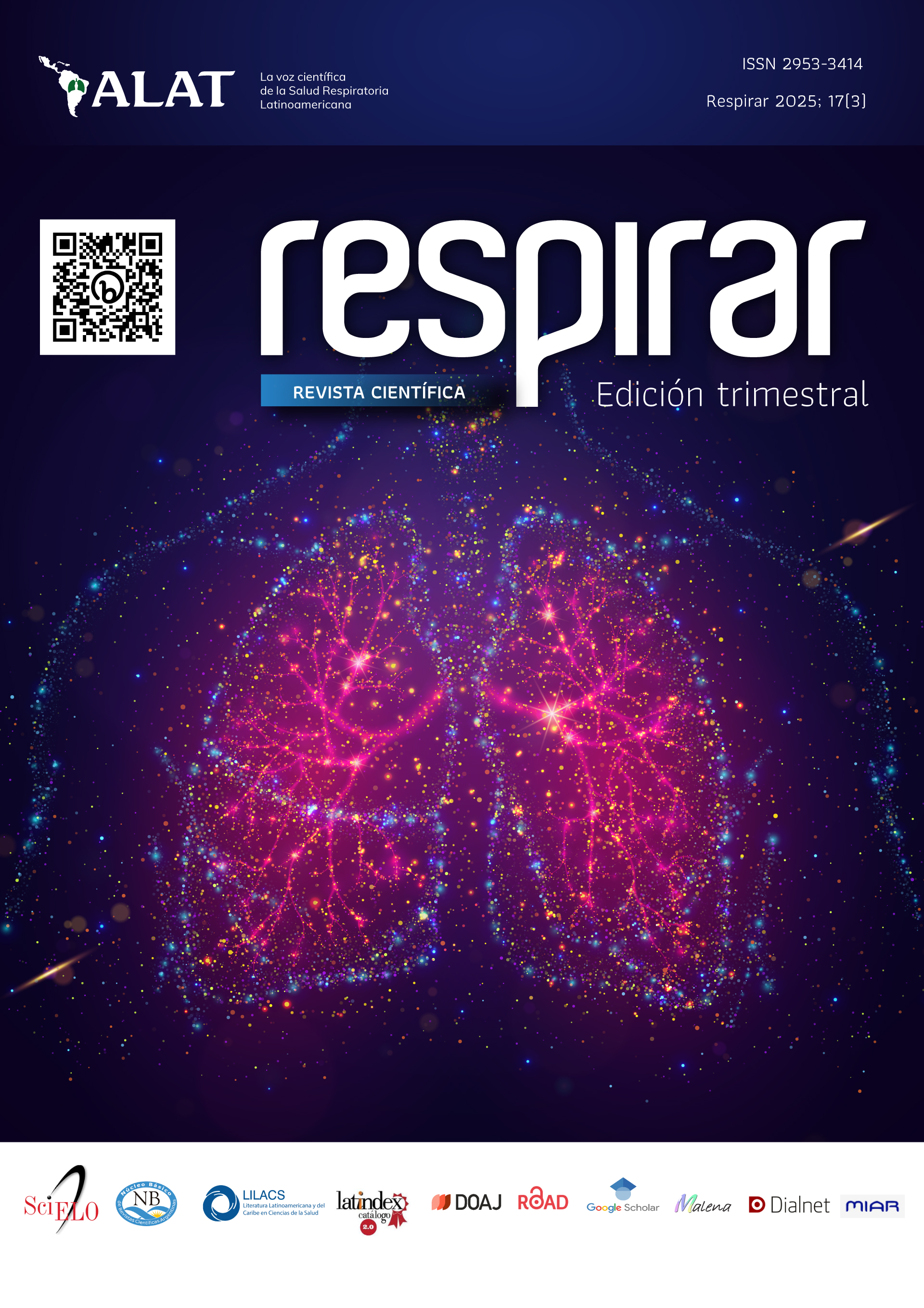Comparison of Oxygen Saturation Values between Apple Watch Ultra® and Conventional Commercial Oximeters in Pediatric Patients with Cardiopulmonary Disease Treated at Mario Catarino Rivas Hospital, January–June 2024
Main Article Content
Abstract
Introduction: Accurate monitoring of oxygen saturation (SpO2) and heart rate (HR) is essential in the management of pediatric patients with cardiopulmonary diseases. While commercial pulse oximeters are the standard for noninvasive monitoring, wearable devices such as the Apple Watch Ultra® have gained popularity as potential alternatives.
Objective: This study aims to compare the accuracy of oxygen saturation (SpO2) and heart rate (HR) measurements between the Apple Watch Ultra® and conventional commercial pulse oximeters in pediatric patients with cardiopulmonary diseases.
Methods: A cross-sectional analytical study was conducted in 137 pediatric patients (1 month to 17 years of age) diagnosed with cardiopulmonary diseases. Measurements were obtained using both the Apple Watch Ultra® and a Masimo SET® pulse oximeter. Lin's concordance correlation coefficient (CCC) and Spearman/Pearson correlation were used to assess agreement and correlation.
Results: The CCC for SpO2 measurements was 0.88, indicating high agreement between devices. The CCC for heart rate was 0.99, with a strong correlation (r = 0.986). There were no significant differences in SpO2 values between devices (p = 0.67).
Conclusion: Apple Watch Ultra® provides reliable heart rate and SpO2 measurements, making it a reliable alternative in the absence of a pulse oximeter.
Article Details
Section

This work is licensed under a Creative Commons Attribution 4.0 International License.
How to Cite
References
European Lungs. Enfermedades Pulmonares. 2022. [Online]. [Consultado 27 Dic 2022]. Disponible en: https://europeanlung.org/es/information-hub/lung-conditions/enfermedades-pulmonares-en-ninos/.
Schult S, Canelo-Aybar C. Oxygen saturation in healthy children aged 5 to 16 years residing in Huayllay, Peru at 4340 m. High Alt Med Biol 2011;12(1):89-92. Doi: 10.1089/ham.2009.1094.
Subhi R, Adamson M, Campbell H, Weber M. The prevalence of hypoxaemia among ill children in developing countries: a systematic review. Lancet Infect Dis 2009; 9(2):219–27. Doi: 10.1016/S1473-3099(09)70071-4.
Spaccarotella C, Polimeni A, Mancuso C, Pelaia G, Esposito G, Indolfi C. Assessment of non-invasive measurements of oxygen saturation and heart rate with an apple smartwatch: comparison with a standard pulse oximeter. J Clin Med 2022;11(6):1467. Doi: 10.3390/jcm11061467.
Pipek L, Nascimento R, Acencio M, Teixeira L. Comparison of SpO2 and heart rate values on Apple Watch and conventional commercial oximeters devices in patients with lung disease. Sci Rep 2021;11(1):18901. Doi: 10.1038/s41598-021-98453-3.
Tomlinson S, Behrmann S, Cranford J, Louie M, Hashikawa A. Accuracy of smartphone-based pulse oximetry compared with hospital-grade pulse oximetry in healthy children.. Telemed J E Health 2018;24(2):527–535. Doi: 10.1089/tmj.2017.0166.
